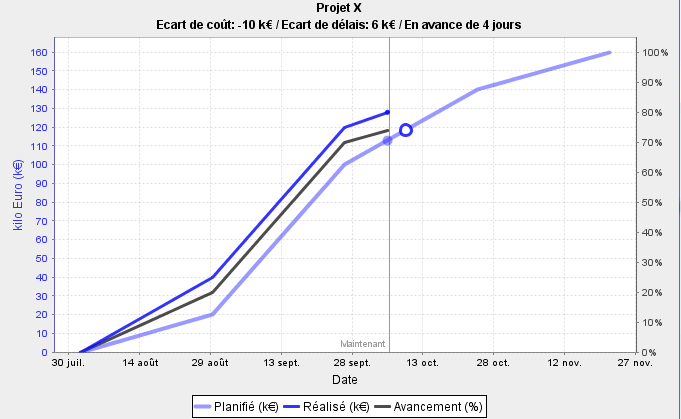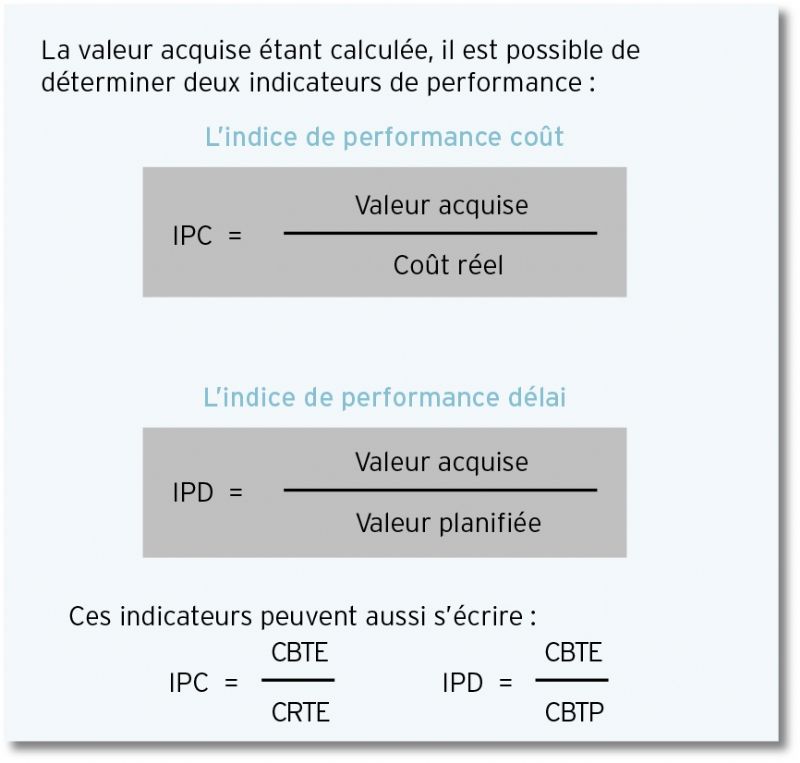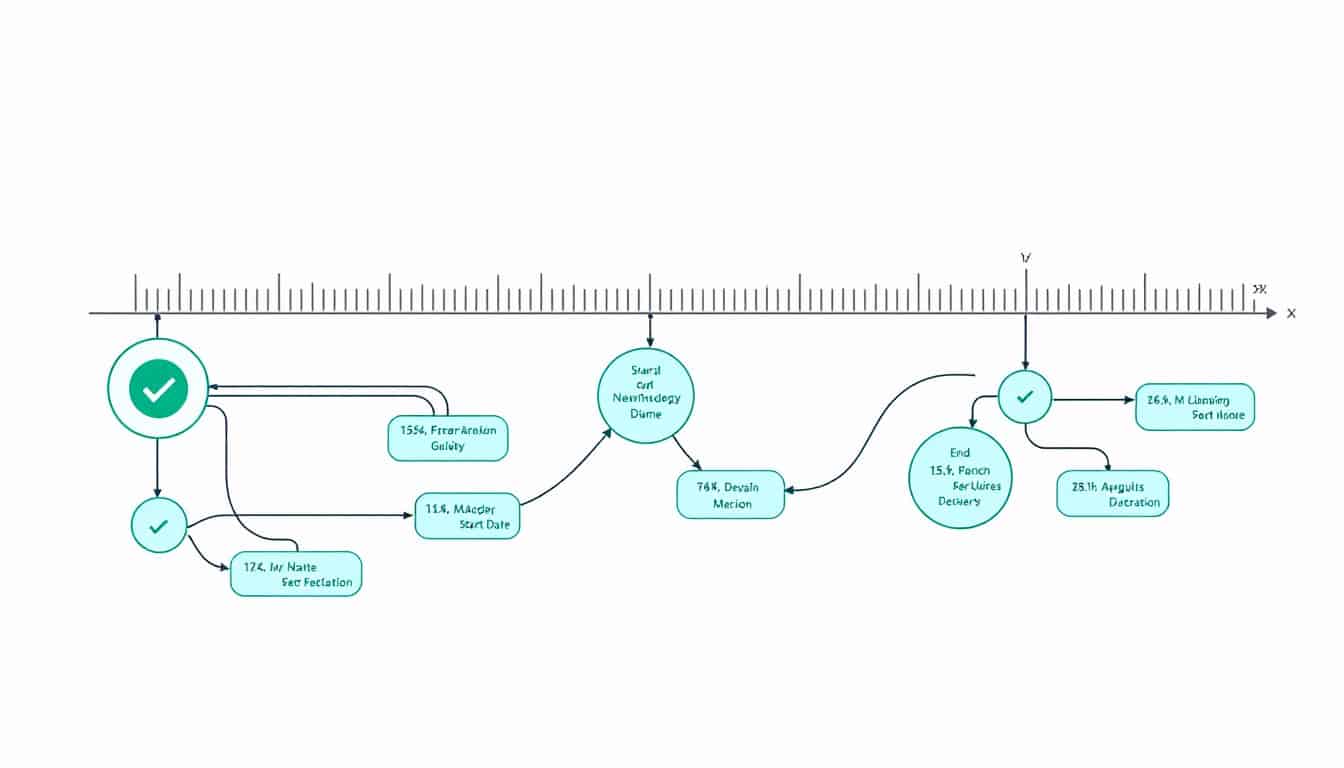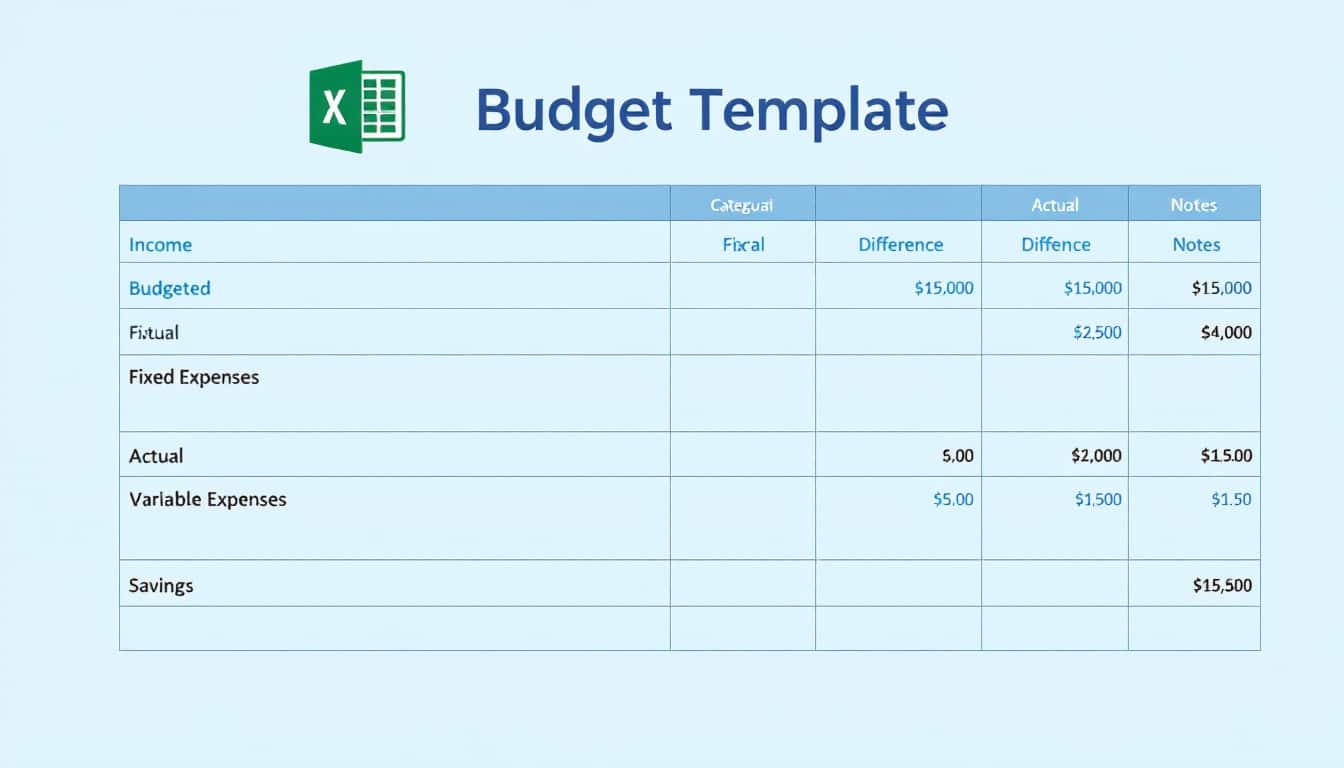In the dynamic universe of project management, the ability to measure performance is essential to ensure success. Earned Value Management (EVM) represents an invaluable tool for assessing progress, providing a clear and concise view of a project’s status. By comparing the work completed to the initial budget, this method yields key indicators, revealing both cost and schedule variances. Mastering this technique paves the way for better optimization of resources, thereby ensuring that every step of a project is managed with precision and efficiency.
🔥 Nous recommandons Ideamap
Ideamap est l’outil idéal pour un brainstorming ou un projet collaboratif. Grâce son interface facile et à ses fonctions IA, Ideamap booste votre créativité tout en favorisant une meilleure organisation de vos idées pour atteindre vos objectifs.
Earned Value Management (EVM) is an essential method for evaluating and controlling the performance of projects. By comparing the work actually performed against what was planned, this approach allows for precise identification of variances. Earned Value Analysis provides key indicators that illustrate a project’s progress, regardless of its scale. With this technique, project managers have a graphical overview of task evolution, facilitating resource and strategy adjustments. Therefore, mastering EVM is fundamental to optimizing management and ensuring the success of undertaken initiatives.

Earned Value Management is a powerful tool for monitoring and assessing project performance. By measuring what has actually been achieved against what was planned, project managers can obtain essential insights. This allows for the identification of variances between the allocated budget and the work completed, thus revealing critical aspects of the project that require special attention. With this methodology, it is possible to accurately assess the time, cost, and scope of completed tasks.
methods for calculating earned value
To effectively apply this technique, it is crucial to understand how to calculate earned value. Tracking the progress of the project requires monitoring three fundamental indicators: planned value, earned value, and actual cost. The first represents the budgeted cost of tasks that should be completed at a given point in time. Earned value illustrates the budgeted cost of tasks that are actually finished, while actual cost reflects the real expenditure incurred. This trio of indicators offers an evaluation framework that can be decisive in adjusting the project’s course.
benefits of earned value analysis
The advantages of earned value management are numerous. First, it provides a comprehensive view of a project’s progress. By creating a comparative table between the initially set objectives and the results obtained, managers can make informed decisions about necessary adjustments. Furthermore, this method facilitates communication within teams, as it establishes clear benchmarks regarding performance and spending. Thus, each team member can visualize their role in relation to the overall objective.
🚀 𝐍𝐨𝐮𝐯𝐞𝐥𝐥𝐞 𝐅𝐨𝐫𝐦𝐚𝐭𝐢𝐨𝐧 𝐜𝐡𝐞𝐳 𝐀𝐥𝐲𝐫𝐚 : 𝐀𝐧𝐚𝐥𝐲𝐬𝐞𝐫 𝐮𝐧 𝐩𝐫𝐨𝐣𝐞𝐭 𝐜𝐫𝐲𝐩𝐭𝐨
— Alyra, l'école de l'innovation (@alyraBlockchain) July 11, 2024
🙌 Demain, vous serez capable d'analyser un projet blockchain et de définir sa valeur ! Plusieurs milliers de token se lancent chaque jour dans notre écosystème. Savoir… pic.twitter.com/lTaj27YXFl














